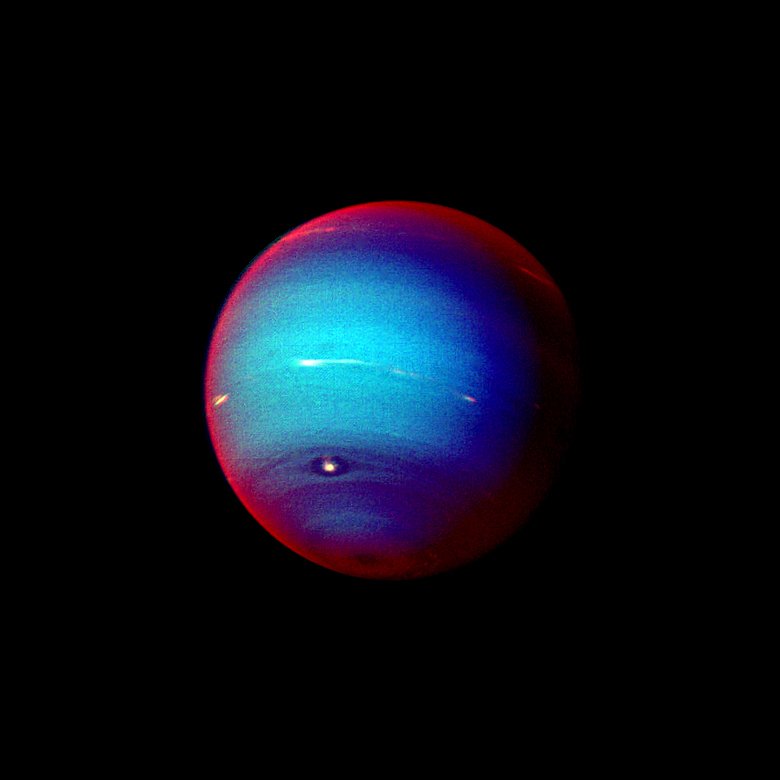PASADENA, Calif., May 18 (UPI) -- U.S. space agency scientists say they have identified the problem that distorted patterns of science data returning from the Voyager 2 spacecraft.
Engineers at NASA's Jet Propulsion Laboratory said the "flip of a bit" in the memory of an onboard computer appears to have caused the disruption. A value in a single memory location was changed from a 0 to a 1.















